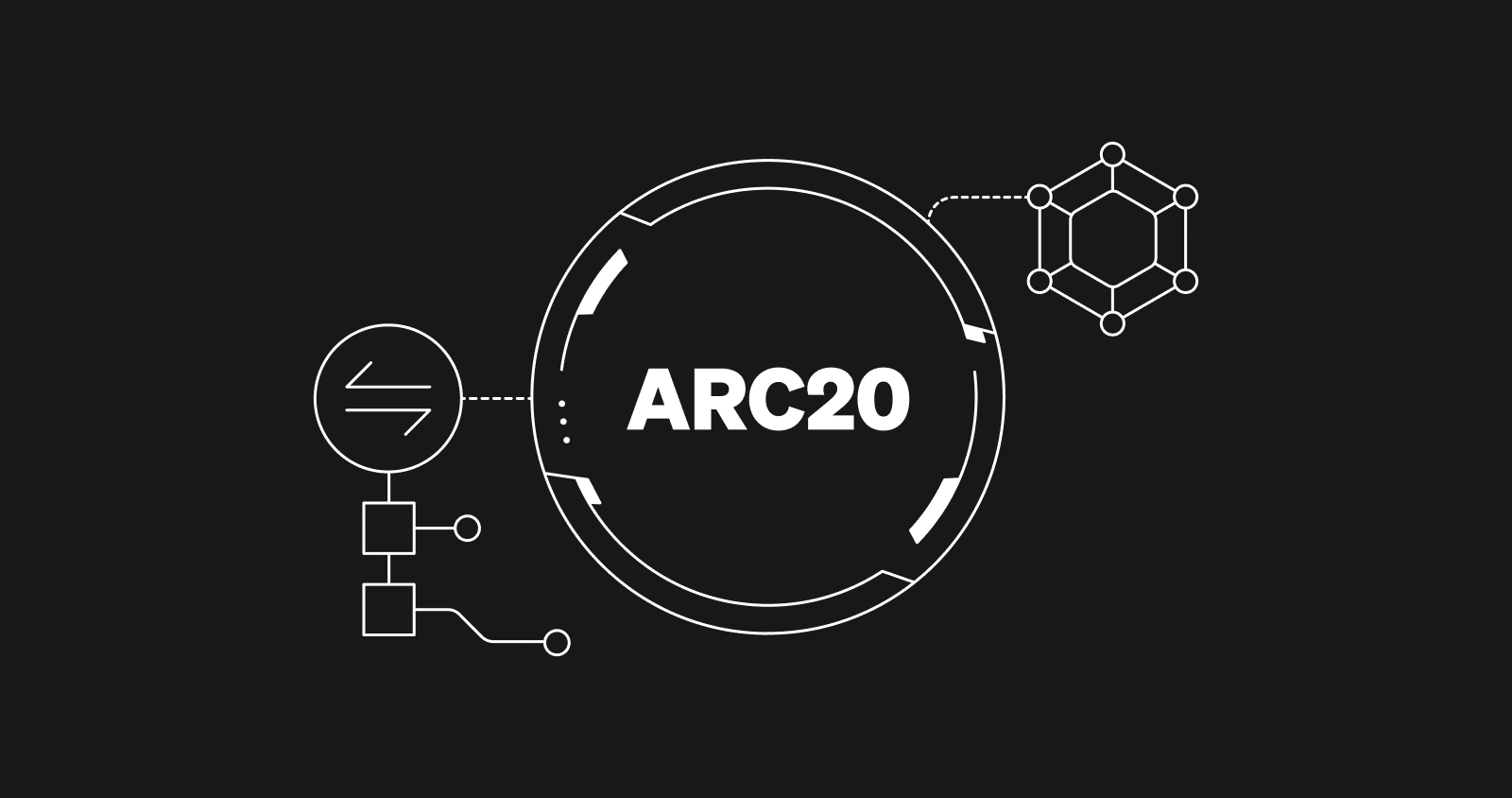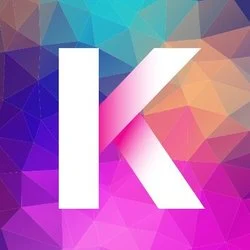ARC-20 is a token standard that enables the creation of interchangeable tokens that can be securely held and quickly sent on the Bitcoin blockchain. ARC-20 tokens are distributed through the Atomicals protocol. In the ARC-20 standard, tokens are denoted by satoshis, which serve as the basic unit of the Bitcoin blockchain (1 BTC comprises 100 million satoshis).
Token Standard for Bitcoin
Fungible tokens gained popularity in the world of cryptocurrency thanks to Ethereum, where they are commonly created using the ERC-20 standard. Several ERC-20 tokens have achieved significant market capitalizations – some of the most oversized fungible tokens currently in circulation are UNI, SHIB, LDO, and stablecoins.
Minting interchangeable tokens is accessible on nearly all blockchain platforms that support versatile, intelligent contracts.
Developers have found innovative methods to depict various forms of digital assets (both fungible and non-fungible tokens) on the Bitcoin blockchain despite the limited intelligent contracts capability of Bitcoin.
The ARC-20 token standard is made possible by the Atomicals Protocol, which provides a method for generating both interchangeable and distinct tokens on the Bitcoin network. The Atomicals team uses the term “digital objects” to describe the digital records that can be generated using the protocol.
The Production of ARC-20 Tokens
Creating an ARC-20 token allows individuals to have complete control over its supply, ticker, and metadata, which includes details like an official website, social media links, and an image. Nevertheless, due to the fact that each ARC-20 token is symbolized by one satoshi, a practical constraint exists on the quantity of ARC-20 tokens that an individual can create.
This varies from the ERC-20 standard, for instance, where you have the freedom to set the token’s supply to any desired value without incurring any extra expenses during the creation process. As an illustration, numerous meme coins released on blockchains like Ethereum possess a vast quantity of tokens, reaching into the trillions.
Decentralized Production of ARC-20 Tokens
The minting mode for the ARC-20 token is decentralized, allowing the token creator to determine the number of mints permitted and the number of tokens issued per mint. This doesn’t generate any tokens on its own, but individuals who desire them can create them.
Direct Production of ARC-20 Tokens
When operating in the direct minting mode, the user who is responsible for creating the ARC-20 token generates an output that includes the complete supply of the token. For instance, if you wish to make a token with a total supply of 10 million using the direct minting method, you will need to produce an output of 10 million satoshis (0.1 BTC). The greater the number of tokens you wish to create, the more significant the amount of BTC you must supply.
Differences Between ARC-20 and BRC-20: Atomics and Ordinals
ARC-20 tokens serve a comparable purpose to BRC-20 tokens, which are also fungible coins on the Bitcoin network, but they are issued via the Ordinals protocol.
While Atomicals and Ordinals offer comparable functionality, there are distinct variations between the two protocols. Ordinals must be used in conjunction with Taproot tackles for all use cases. Atomicals necessitate the utilization of Taproot addresses when creating and modifying assets but not when transferring them.
Ordinals protocol does not support fungible tokens, whereas Atomicals has integrated them as the primary ARC-20 standard. The Atomicals protocol also allows users to create two different kinds of minting interchangeable tokens.
Another distinction is that Ordinals lacks a name service in the base protocol. Meanwhile, Atomicals offers a name service executed through first-class NFTs known as Realms.
In conclusion, the Atomicals protocol provides a broader range of features compared to Ordinals. However, Ordinals has gained more popularity in terms of adoption. It’s worth noting that the Ordinals protocol had a head start, being introduced in January 2023, while the Atomicals protocol came out in September 2023.
Conclusion
ARC-20 tokens are interchangeable tokens created on the Bitcoin blockchain through the Atomicals Protocol. Every ARC-20 token has a satoshi, which is the tiniest component of BTC, as its symbol.
When it comes to functionality, ARC-20 tokens bear a striking resemblance to BRC-20 tokens, which are issued through the Ordinals protocol. At present, the Ordinals protocol is enjoying incredible popularity compared to the Atomicals protocol. However, the Atomicals protocol offers additional features that have the potential to increase its adoption rate.

































































































































































